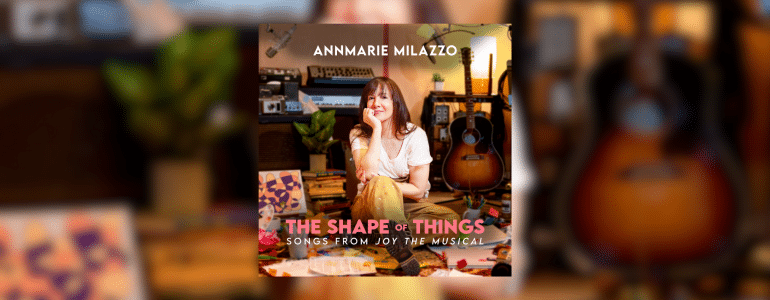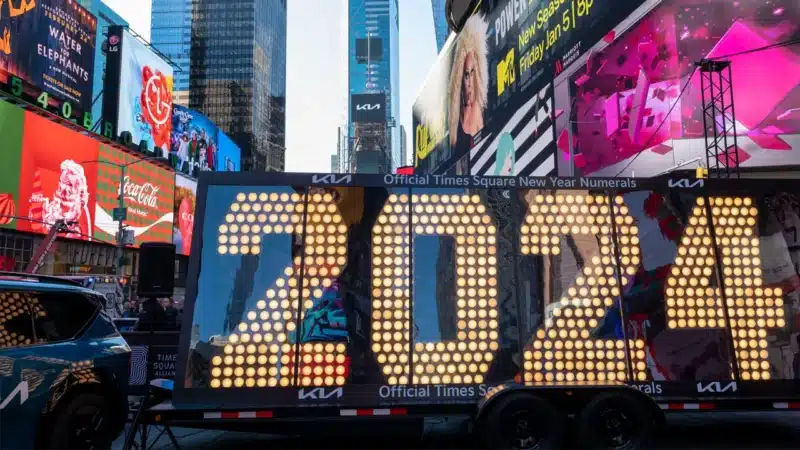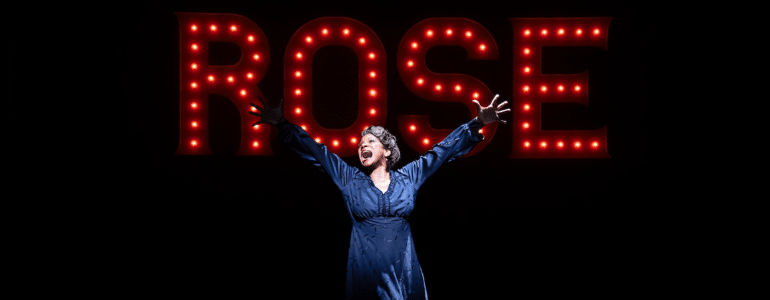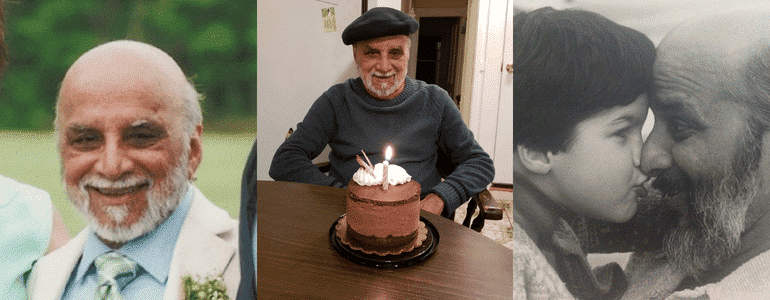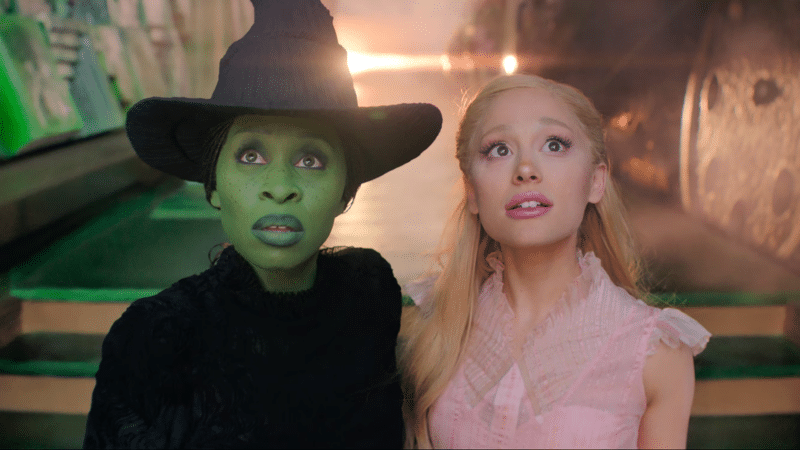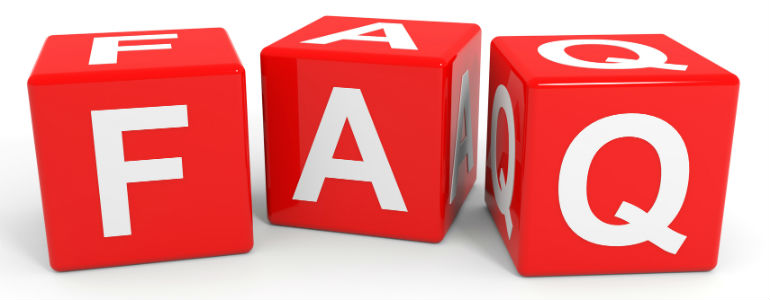Houston, we have a distribution problem.
Broadway is in the heart of Times Square in New York City . . . and nowhere else.
And, no matter how much I want to get a petition going to move it to sunny southern California, it doesn’t look like it’s going anywhere soon.
Broadway isn’t like Tide detergent, available in every grocery store around the country. It’s not like the latest Avril Lavigne album available in every Virgin Megastore and on iTunes on the computer you’re working on right now. It’s not like American Gangster, which will play in movie theaters in New York City and in Nashville, and in every city around the country and around the world at the same time.
Unless you’re one of the lucky shows with 15 companies worldwide, you’ve got only one distribution channel . . . right here in New York City.
If your distribution channels are limited, then obviously you can’t market your show in the same way.
In this Sunday’s Arts & Leisure section of the New York Times, there was a full page ad for The Little Mermaid on Broadway.
And, of course, just a few pages away, there were full page advertisements for films like American Gangster.
Which one is a better value?
A New York Times reader in New Mexico can’t see Mermaid, but most likely he can see Gangster.
Yet both full page ads cost about the same amount of money. Doesn’t seem fair does it? Mermaid’s potential customers are severely diminished because of its one distribution channel.
Billboards pose the same problem.
There is a giant Young Frankenstein billboard in Times Square. There is also a billboard for Target.
The impression that the Target billboard makes on the tourist can be converted the following week when the tourist is back home. Or when the tourist is visiting another city two weeks later.
The impression that the Young Frankenstein billboard makes can only be converted within 5 blocks of that billboard. Once he or she goes back home, the impression becomes so much less valuable.
90% of shows can’t afford the same sort of subtle branding that most other products can afford. Our advertising has to be a much stronger call to action.
So what do we do? Use your advertising to sell, not just brand (that is, until you have 15 companies worldwide and can split the advertising costs among them).
Or more significantly, perhaps we should stop throwing money at giant media companies like the NY Times who refuse to recognize that we are different than Tide, Avril Lavigne and American Gangster, and therefore should have appropriate pricing scales.
When it comes to advertising, pay for your potential. Don’t pay for someone else’s. And yes, Avril Lavigne is on my iPhone.
Podcasting
Ken created one of the first Broadway podcasts, recording over 250 episodes over 7 years. It features interviews with A-listers in the theater about how they “made it”, including 2 Pulitzer Prize Winners, 7 Academy Award Winners and 76 Tony Award winners. Notable guests include Pasek & Paul, Kenny Leon, Lynn Ahrens and more.







